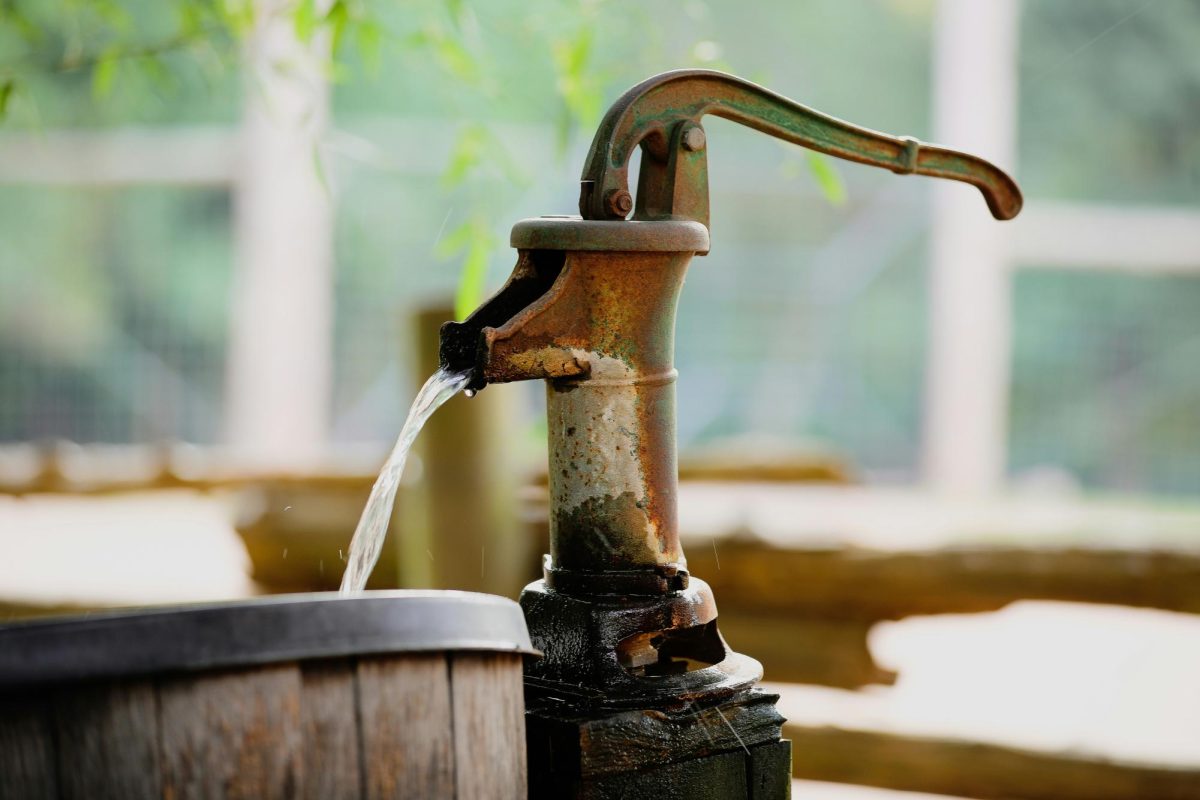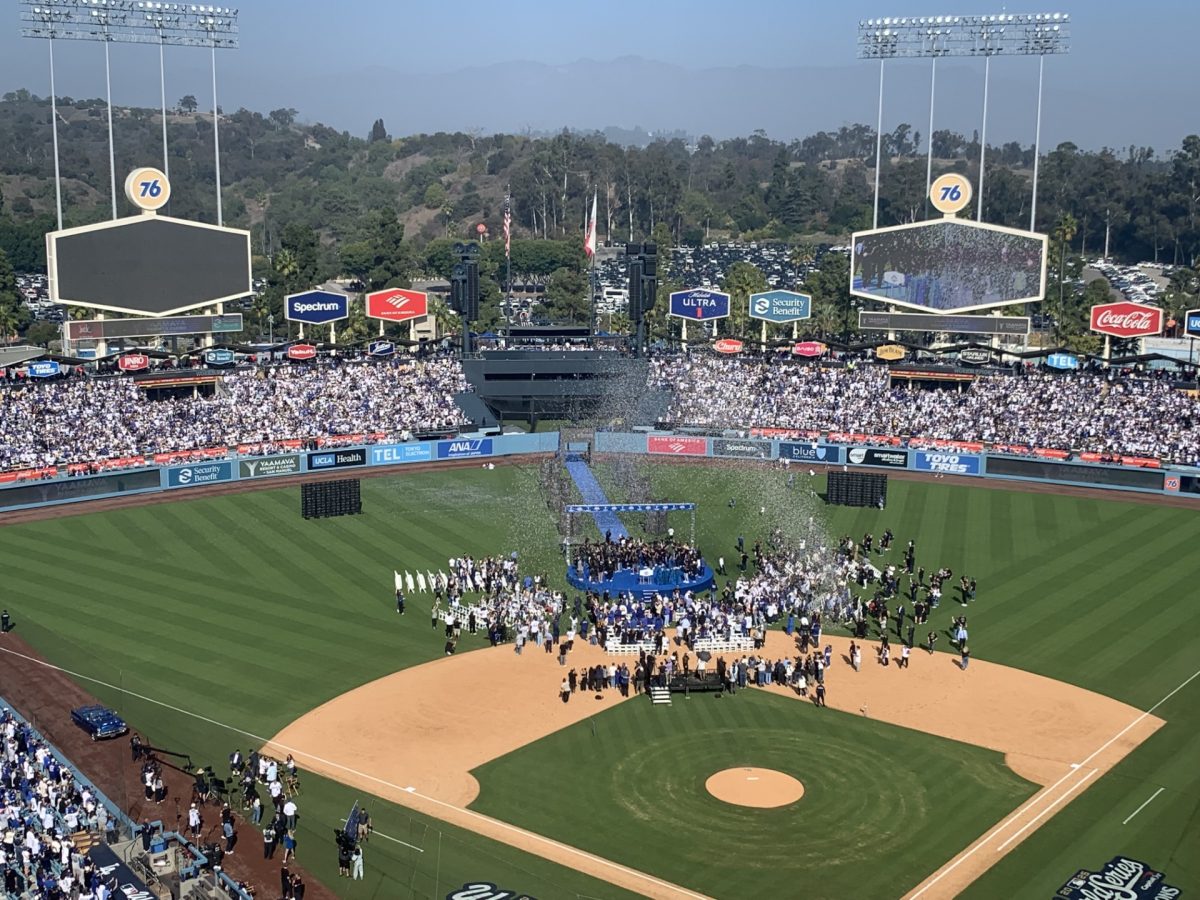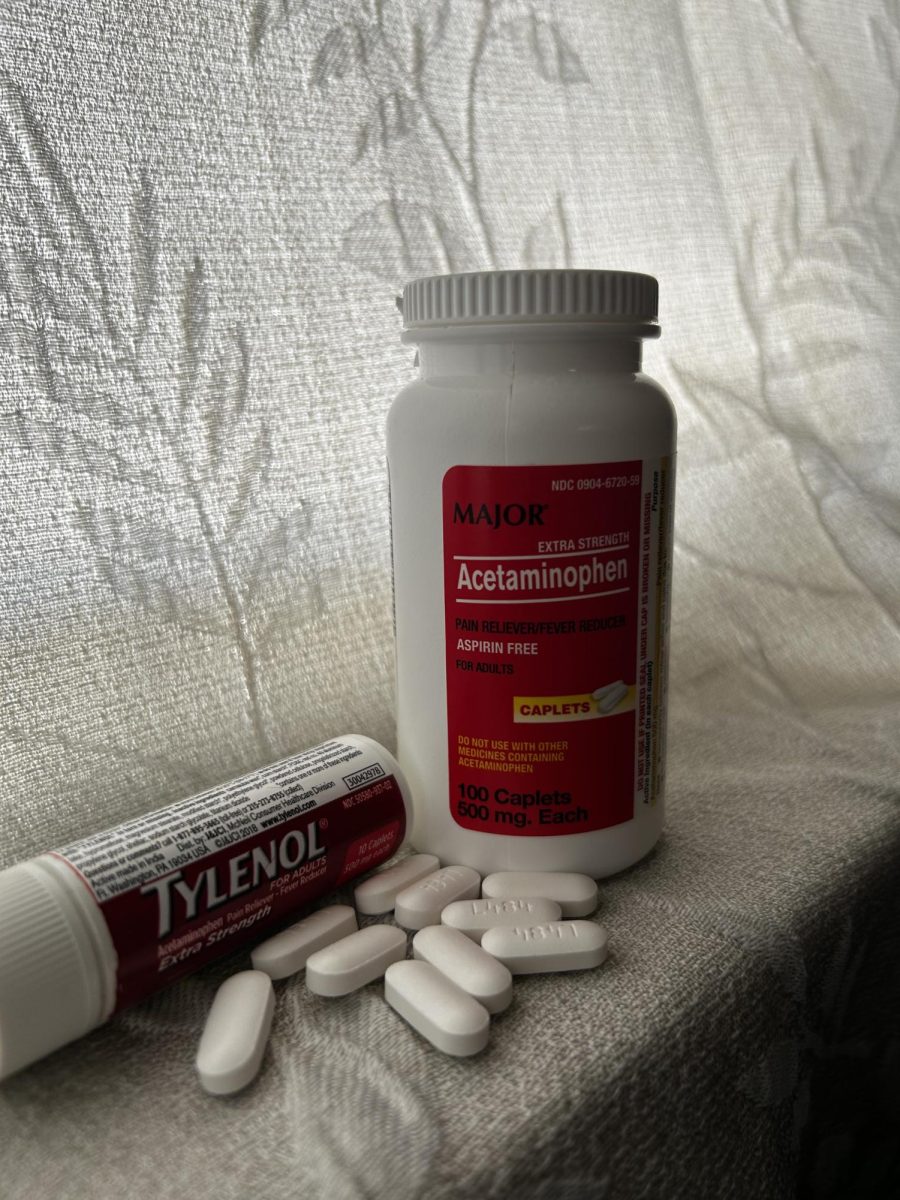Even though access to water is recognized as a human right by the United Nations, there are over two billion people worldwide who have no access to safe and clean drinking water according to the World Health Organization. The United States ranks No. 15 in drinking water quality and sanitation according to the Environmental Performance Index from Yale and Columbia University.
“We have this assumption that everyone in the U.S. has access to piped water that’s clean,” said Dr. Jessica Bremner, assistant professor of urban geography at Cal State LA. “We generally think about water access issues as being issues that are in the global south or third world countries.”
Bremner said this isn’t the case, as many in the U.S. lack proper access to piped water infrastructure — around two million people live without running water, and more than 40 million with infrastructure that violates the Safe Drinking Water Act.
She reminded me how lucky I am not to worry too much about water security. I remember researching the water quality in Koreatown when I moved there and deciding to get my drinking water from a source other than my sink faucet.
As part of her dissertation at UCLA, Bremner investigated water disparities between the eastern and western regions of the Coachella Valley. She found that inequalities were exacerbated due to the history of displaced Indigenous communities for increased agricultural development and water district regulations.
In the San Joaquin Valley, the overpumping of groundwater for domestic and agricultural purposes has been known to correlate with dangerous arsenic levels in the water, according to a study from the journal Nature. Lead contamination connected to the corrosion of water infrastructure haunted residents in Flint, Michigan, during their 2014 water crisis, and also affects people closer to home today, like in Watts this past August, as reported by the LA Times.
Being exposed to high levels of lead may lead to nausea, bone loss, and fertility problems. Arsenic has also been associated with cardiovascular diseases. Bremner said the overpumping of groundwater results in subsistence, where the earth begins to sink and rural communities have to go deeper for water.
“There are households that are using wells that don’t have the financial means to build pumps and wells to actually reach groundwater anymore, so they have what we have, wells that just dry up,” she said.
In a perfect world, communities undergoing similar issues can use advanced and cheap technology to harvest surface water or recycle wastewater of complex compositions using the sun as a source of energy as they wait. Well, it seems that perfect world may be closer than we think, as researchers from Sweden and China designed a visionary solar-powered material that can interact with contaminated water at its surface and extract water clean enough to drink. It promises superior sustainability potential in terms of costs and byproduct/waste production over conventional distillation and filter-based reverse osmosis water separation.
The term for the type of material used to develop the water extractor is hydrogel. Think of it like a pitch-black mixture that becomes a rubbery strip when exposed to water. The gel has selective binding properties where it excludes ions via diffusion and has a unique, dense chemical structure that allows it to prioritize binding to water molecules over contaminants.
The water diffuses into one side of the strip’s flat surface and out the other as vapor, which can then be cooled into clean liquid water.
Scientists took design of the gel a step further by laser etching the surface with a fish-scale-like pattern. It is known that the pattern of fish scales has oil-repellent properties, and not only did the etched hydrogel repel oil, but the pattern also resulted in a more efficient use of solar power to make water vapor escape the hydrogel matrix. Finally, they added antimicrobial modules on the gel’s surface that disrupt bacterial cells. Analysis of the removal of various contaminants and deactivation of bacterial cells showed over 99% effectiveness.
Sustainability-centered technologies like these could be adopted at local scales to recycle water or safely use surface water where larger infrastructure and management are not meeting demand or health standards. While communities like those in the Eastern Coachella Valley might not see the benefits of this particular technology as soon as they wish, the nonprofit Pueblo Unido Community Development Corporation has been installing reverse osmosis filters in over 400 homes, servicing around 1,500 residents.
Bremner said there are discussions happening in California about water use and whether our practices should be changed, like why we have lawns and water usage for landscaping.
“Even at the national level, there’s questions about agricultural technology for low water use,” Bremner said. “Should we be growing certain things that are water-intensive in places that don’t have a lot of water? Are there other crops that can be grown?”
As scientists develop hydrogel water extraction technologies further, one can envision a future where clean water is easily accessible, here at home and around the world.
This article was first published in the November 21 print edition of the University Times.














